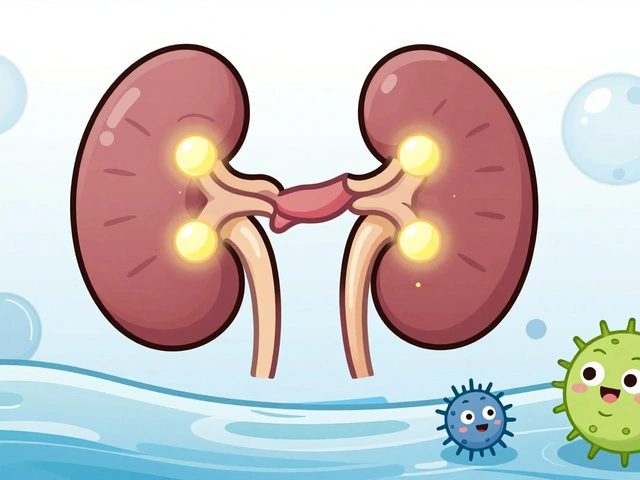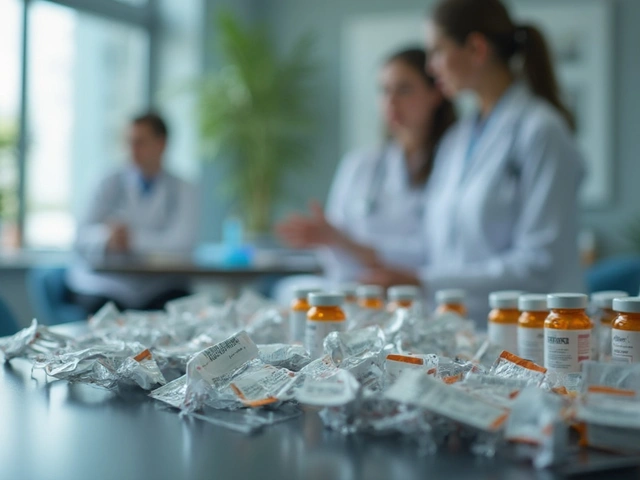Patients: Practical medication guides, safety tips and how to buy meds
You want clear answers about medicines without wading through jargon. This tag collects patient-focused articles that explain what drugs do, how to use them safely, and where to get them without getting scammed. Expect straight talk about side effects, real alternatives when a drug won’t work, and simple how-to steps for buying medicine online the safe way.
Smart, safe ways to get medications
Always get a prescription when a medicine needs one. If a site sells prescription drugs without asking for a prescription, that’s a red flag. Check that the pharmacy is licensed in your country — most regulators list approved shops online (for example, look up your national pharmacy board or a verified seal like those run by official boards).
When shopping online, look for HTTPS, a real street address, and a phone number you can call. Compare active ingredient names, not just brand names. Generics use the same active ingredient and usually cost less; check the pill images and package info to be sure they match what your doctor prescribed.
Watch for unrealistic prices or medicines shipped from many different countries — both can signal counterfeit or low-quality products. If you’re unsure, ask your pharmacist to confirm dosing and appearance, or bring a photo of the pill to your local pharmacy. For antibiotics, antivirals, and controlled meds, follow local laws — buying across borders can be illegal and risky.
How to use these guides as a patient
Start with the article that matches your question: want safer anxiety treatment? Read our Ativan guide. Need alternatives to a cholesterol drug? We have non-statin options explained plainly. Each post lists common side effects, interaction warnings, and practical next steps you can discuss with your clinician.
If a guide mentions a drug interaction, cross-check with your current medications and ask your prescriber. Keep a simple list of all medicines — prescription, OTC, and supplements — and show it at every appointment. That small habit prevents a lot of mistakes.
Use our buying guides to spot fake pharmacies and avoid risky purchases. If you buy online, keep order records, packaging photos, and batch numbers. If something looks off — wrong pills, strange packaging, or unexpected side effects — stop using the product and contact your doctor right away.
We aim to make medical choices less confusing. Read the short guides here, then talk to a health professional for anything critical. If you want help finding a specific article, use the tag list or our search box to pull up focused, patient-first advice fast.

As a patient or healthcare provider, it's crucial to be aware of Lamivudine drug interactions. Lamivudine is an antiviral medication commonly used to treat HIV and hepatitis B, but it can interact with other medications, potentially reducing its effectiveness or causing adverse side effects. To ensure safe and effective treatment, patients should inform their healthcare providers about all medications they are taking, including prescriptions, over-the-counter drugs, and supplements. Healthcare providers, in turn, should closely monitor patients on Lamivudine and adjust treatment plans accordingly. By staying informed and communicating openly, we can better manage our health and ensure the best outcomes possible.






